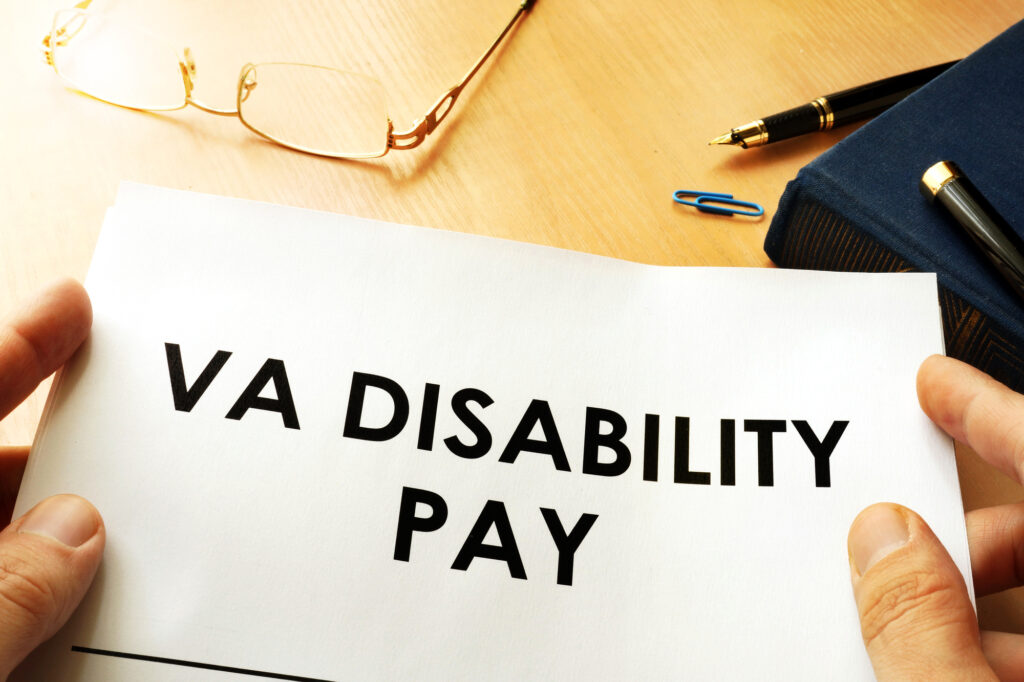According to the last census, there are around 16.5 million veterans in the United States.
These brave men and women have dedicated their lives to serving our country and deserve to be taken care of when they retire from service. This is why billions of dollars are dedicated to providing veterans with the resources and support they need once they come home.
There are also significant resources dedicated to helping with veteran disabilities. From physical to mental health issues, veterans with disabilities will be well taken care of. However, it’s important to understand how the claims process works before you apply.
Want to learn more about veteran disability pay? Read on for more information on the resources dedicated to disabled veterans along with how you can benefit from them.
Disabled Veteran Criteria
As mentioned above, there are serious resources allocated to taking care of disabled veterans in the United States. When it comes to claiming your benefits, there are a few criteria that you have to meet. Here’s a quick look at the criteria.
1. A Complete Medical Diagnosis
When claiming for veteran disability, you’re going to need a complete medical diagnosis. If you were injured in combat or on duty, this diagnosis will be part of your VA medical records. However, you can still complete a medical diagnosis after leaving active service.
2. Connection to Active-Duty Military Service
When it comes to your injuries, there has to be some connection to active-duty service. This means that if you get injured at home, you won’t be able to claim in the same way as those suffering injuries while on duty.
3. Medical Evidence
Lastly, there will need to be substantial medical evidence attached to your application. This can be a second option, a detailed diagnosis, secondary scans, and even supporting documents from a medical facility.
Veteran Disabilities That You Can Claim
There is a wide range of veteran disabilities that you can claim. These disabilities range from physical ailments like hearing loss to mental health conditions like PTSD. Read on for a quick look at the most common veteran disabilities that you can claim.
Tinnitus and Hearing Loss
Tinnitus is a hearing disorder that’s caused by exposure to loud sounds. This leaves you with a ringing sound in your ear every time you are exposed to loud noises. Hearing loss is also common among veterans that have been exposed to high-pitched sounds and explosions on duty.
Post-Traumatic Stress Disorder
When it comes to mental health, veterans often suffer from PTSD, anxiety, and depression. Mental health claims are regarded as “high-value” claims, as they are far more common than most other injuries.
In many cases, you won’t realize that you have PTSD until much later on in your life. This means that you could leave active service only to realize that you brought your mental health condition home with you. In this case, you will need to visit a medical professional to get accurately diagnosed before you make your application.
Limitation of Movement
If you have suffered physically from your service, there are resources dedicated specifically to you. Whether you have lost a limb, or the ability to control your arm, there are resources available to help with your medical costs and rehabilitation.
Some medical costs can be incredibly expensive, especially when it comes to back and neck surgery. However, there are no exclusions when it comes to injuries of this nature. This means that you don’t have to worry about your medical care when undergoing these kinds of surgeries.
What You Need to Claim
When it comes to filing your disability claim, there are a few things you should keep in mind. Having everything organized can help speed up the process so that your benefits get approved the first time around. Here’s a quick guide on what you need to file your claim.
1. A Signed VA Form
The most important part of your application is the VA form that you have to fill in. This form is pretty standard and requests your personal information, military information, and details about your disability. The form can be downloaded from the Department of Veterans Affairs website.
2. Disabled Veteran ID Card
If you have a disabled veteran ID card, this can help speed up your entire application. This is because the card proves that you have already passed the screening processes before. All you have to do is get a certified copy of your disabled veteran ID card to add to your application.
3. VA Medical Records
When you compile your application, include all your VA medical records. This is essential as it serves as proof of your injuries.
4. Private Medical Records
If you have seen a private doctor or gone to the hospital, you can also include any private medical records that you have. These medical records can help serve as proof that you still suffer from your service injuries.
5. Supporting Statements
Lastly, include any supporting documents that you think can help your application. These documents can be statements, prescriptions, or even letters from your doctor.
Disabled Veteran Solutions
When it comes to veteran disabilities, there are resources and programs designed to help you. These programs include medical care for both physical and mental health issues that you may be dealing with. From Tinnitus to PTSD, you can get the help you need to live a happy, healthy life.
If you want to learn more about VA benefits, don’t hesitate to visit our website. If you have any specific questions, reach out to us today. We would be more than happy to assist in answering your questions.

